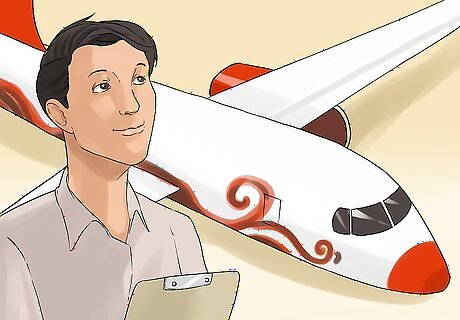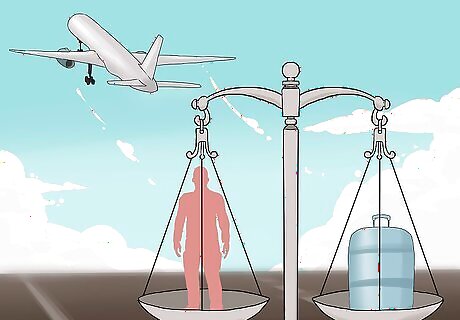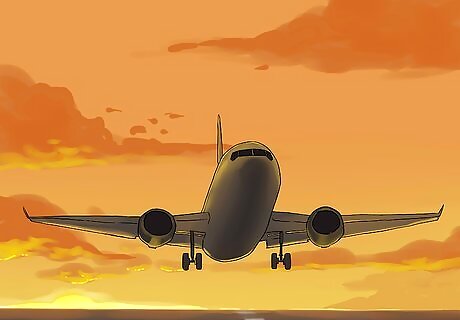
views
What is the payload of an aircraft?

Payload is the available weight of passengers, cargo, and baggage. “Payload” gets its name from the freight that’s being paid to be hauled. It’s the amount of available weight that you can store on board and still safely fly. It doesn’t include fuel, but it does include the crew, passengers, and their baggage in addition to the freight stored on the aircraft. For example, if you have a pilot who weighs 175 pounds (79 kg), 2 passengers who weigh 150 pounds (68 kg) and 190 pounds (86 kg), and baggage that weighs a total of 50 pounds (23 kg), add it all together to get a payload of 565 pounds (256 kg). It’s really important that your payload doesn’t exceed what the aircraft is able to carry or the plane could have trouble taking off and flying properly.
Does payload include the pilot?

Yes, the payload includes the pilot. The payload isn’t just the freight that’s being transported on the aircraft. It also includes the passengers and any luggage they bring with them. So if you have a pilot that weighs 190 pounds (86 kg), you need to include their weight in your payload calculations so you can make sure the plane isn’t overloaded.
How is aircraft payload calculated?

Subtract the basic empty weight and fuel from the maximum weight. Check the aircraft’s weight and balance sheet and find the maximum allowable gross weight of the aircraft. Then, find the basic empty weight value and subtract that from the max weight to get your “useful load” weight. Finally, subtract the usable fuel weight to get the amount of available payload weight you can safely store on the aircraft. Usable fuel is the total amount of fuel that can be burned and used by the aircraft. Some fuel is “unusable” fuel and remains part of the aircraft’s weight. The weight and balance sheet may also include the aircraft’s “useful load” value already calculated, so all you need to do is subtract the usable fuel value to get your payload value.
What is included in basic empty weight?

The basic empty weight is the dry weight of an aircraft. An aircraft needs to be weighed in an enclosed hangar so it doesn’t get moved around by wind that can affect the accuracy. It needs to be clean and free of any cargo and fluid, so the fuel, oil, and any other fluids are drained. What’s left is just the weight of the aircraft itself, which is called the basic empty weight. An accurate basic empty weight is super important for calculating your payload. The manufacturer’s weight and balance sheet will list the basic empty weight of the aircraft.
What is the max payload for an aircraft?

It’s the takeoff weight minus the empty weight and operating load. The maximum payload capacity is the amount of freight you can carry on the aircraft. In order to find the value, you need to take the aircraft’s empty weight and remove the operating weight, which includes the fuel, crew, passengers, baggage, and any other items on board. The value you’re left with is the max payload weight. So for instance if you have an operating weight (passengers, pilots, luggage, etc.) of 800 pounds (360 kg) and the plane has a basic empty weight of 1,000 pounds (450 kg), take the difference between the 2 values to get a max payload of 200 pounds (91 kg).




















Comments
0 comment